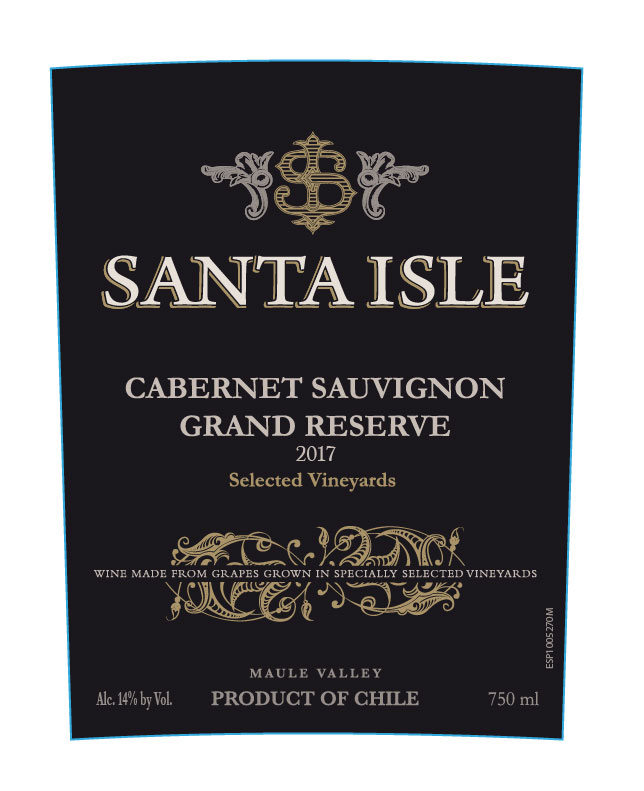2017 Maule Valley Cabernet Sauvignon
The Santa Isle Santa Isle Cabernet Sauvignon Grand Reserve from the 2017 vintage is a remarkable expression of the Maule Valley, showcasing the rich potential of this Chilean region. This red wine features a full-bodied profile with high acidity that invigorates the palate, making it vibrant and enticing. The fruit intensity is prominent, offering luscious notes of dark berries, complemented by hints of spice and subtle oak derived from its aging process. The tannins are well-structured, providing a firm backbone that beautifully balances the wine’s rich flavors, while its dryness enhances the overall depth, making it an excellent choice for food pairings or enjoyed on its own. With its elegant complexity and bold character, this Cabernet Sauvignon is sure to impress even the most discerning wine lovers.
The Santa Isle Santa Isle Cabernet Sauvignon Grand Reserve from the 2017 vintage is a remarkable expression of the Maule Valley, showcasing the rich potential of this Chilean region. This red wine features a full-bodied profile with high acidity that invigorates the palate, making it vibrant and enticing. The fruit intensity is prominent, offering luscious notes of dark berries, complemented by hints of spice and subtle oak derived from its aging process. The tannins are well-structured, providing a firm backbone that beautifully balances the wine’s rich flavors, while its dryness enhances the overall depth, making it an excellent choice for food pairings or enjoyed on its own. With its elegant complexity and bold character, this Cabernet Sauvignon is sure to impress even the most discerning wine lovers.




